Can I Rough Grind Rocks in a Vibe?
By: Tommy Lay, Rob Abrams
 Lapidary artists in general like to utilize their machines to the fullest in the creation of beautifully polished rocks, trying new methods and pushing boundaries that may or may not result in success. Those who participate in and have become experts of the art form of tumble polishing rocks are no exception. One question we get a lot on the RTH forum pertains to vibe rock tumblers and just what they are capable of when it comes to rough shaping rocks. Basically people want to know if their vibe tumbler can achieve results comparable to rotary machines during the rough grinding cycle, meaning that sharp edges are gone and rounding has occurred. To exaggerate the point a bit for emphasis, a square rock that goes in a rotary tumbler literally comes out a round rock.
Lapidary artists in general like to utilize their machines to the fullest in the creation of beautifully polished rocks, trying new methods and pushing boundaries that may or may not result in success. Those who participate in and have become experts of the art form of tumble polishing rocks are no exception. One question we get a lot on the RTH forum pertains to vibe rock tumblers and just what they are capable of when it comes to rough shaping rocks. Basically people want to know if their vibe tumbler can achieve results comparable to rotary machines during the rough grinding cycle, meaning that sharp edges are gone and rounding has occurred. To exaggerate the point a bit for emphasis, a square rock that goes in a rotary tumbler literally comes out a round rock.
The amount of rounding that occurs in a rotary machine depends on several factors including the hardness of the material, amount of time spent in the rough grinding cycle and the grit being used. The action of a rotary tumbler is vastly different from that of a vibration tumbler. It is the waterfall effect of the rocks going around and around for weeks on end, violently falling and rubbing and grinding against each other which leads to the beneficial loss of material and rounding that occurs. Most rotary rock tumbling experts strongly recommend the use of small plastic pellets that go in the barrel with the rocks, grit and water to cushion the rocks from hitting too hard against each other, causing actual damage.
Vibe tumblers on the other hand deliver the motion to the rocks through an intense and aggressive vibration that also causes the stones to rub against each other but the falling motion of the rocks is not present and thus the amount of rough grinding that will occur is significantly less. In a vibe tumbler, instead of plastic pellets to cushion the rocks from falling against each other a hard media material (often ceramic pellets) is used for a very different reason. Completely coated with abrasive grit and water, which has become a thick slurry, the media rub against virtually every surface of the rocks at the same time. With the intense vibration provided by the machine, this media provides more abrasion on every surface of the rocks including sharp corners and edges thus polishing them without removing a significant amount of material.
In other words, a square rock that is put through a rough grinding cycle in a vibe tumbler with a low grit like 60/90 will emerge from the tumbler still very much square, but the sharp edges and corners will be somewhat rounded over and polished. The problem and the reason why we recommend against using a vibe tumbler for rough grinding is the small amount of material removal is almost certain to leave behind almost all of the significant flaws that the rock went in with. The old programming adage “garbage in, garbage out” is quite true when it comes to vibe tumbling. By comparison, flawed rocks placed into a rotary tumbler can eventually emerge flawless if given enough time.
Another reason often quoted for recommending against using a vibe tumbler for the rough grinding cycle is that the action of highly abrasive 60/90 grit in a intensively vibrating plastic barrel will quickly eat away at the plastic causing early demise. As of this writing the author of this article has not witnessed this occurrence either personally or in anecdotal reports or photos on the forum, so for now the principle issue we will focus on is the failure to remove enough material to smooth out the rocks and set them up for a perfect polish in the higher grits.
As was written earlier, rock tumbling artists and experts love to experiment and rarely just simply take no for an answer. For the purposes of this article subject one of RTH Forum’s most knowledgeable and skilled rock tumbling experts, Rob Abrams of Youtube channel Michigan Rocks, graciously sent us the visual results of an experiment that he ran testing the amount of rounding that will occur using 60/90 grit in a vibe barrel and what follows is Rob’s account and photos of his results.
While examining the information and photos supplied by Rob as he documented his experimental vibe polishing run, please keep in mind that his entire process took place over a period of 38 days. A typical vibe tumbling run in which a somewhat smooth rock is vibe polished to a perfect mirror shine, takes place in four phases over a period of time lasting about a week. The point is, Rob gave the machine and the process every chance for success based on the amount of time the rocks spent in the intense vibration of the vibe tumbler.
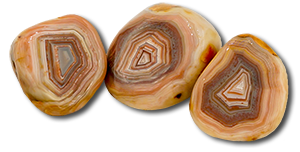
Rob Abrams writes:
I decided to try something new. I’m trying to tumble a batch of rocks from start to finish using just a Lot-O. Every batch I’ve ever done before this has been started in a rotary and finished in a vibe. I’m sure that will remain my favorite method, but I just had to try something different.
I’ve read lots on the subject, so I know that it won’t round my rocks like a rotary. I’m not sure how to know when the rocks are ready to move on though. In my rotaries, I’m a perfectionist and leave rocks there for months in order to get every last flaw out. I’m not sure that it’s possible to remove every last flaw in a vibe though, so I don’t know when to stop.
I’m tumbling Montana agates, which I think are pretty hard. I have never tumbled a complete batch of them before. Some of these agates had some pretty bad flaws and others were pretty nice. They were almost all very rough. I imagine they would take quite a few months in the first stage in a rotary tumbler. I tend to think that a vibe does as much in a day or two as a rotary does in a week, at least that’s the way it works in the last stages. When roughing though, there are at least a couple variables. In a rotary, I’d be going a week at a time with 80 grit. In my Lot-O, I’ve been going 24 hours with 120/220 grit. So I’m going for less time using finer grit in a machine that works faster.
I think I’ve already gone way beyond what a normal person would do. I’m going to empty it in a few minutes for the 21st time. I’ve changed grit every day for three weeks. I’m using 2 tablespoons of grit per day, so that’s a lot of grit. Most days I’ve added 1 tablespoon of borax. I’ve also done some days without borax and some days with 1 teaspoon. I’ve found that when using borax, I have to add water more often, so it seems to grind faster with borax than without. It doesn’t seem to matter much if I use a teaspoon or a tablespoon.
For the first week or so I used small beach gravel with the larger Montanas. Then I switched to a mix of small and large ceramics. I didn’t notice a difference.
Did I mention that I’ve taken pictures of every rock every day?
Day 0
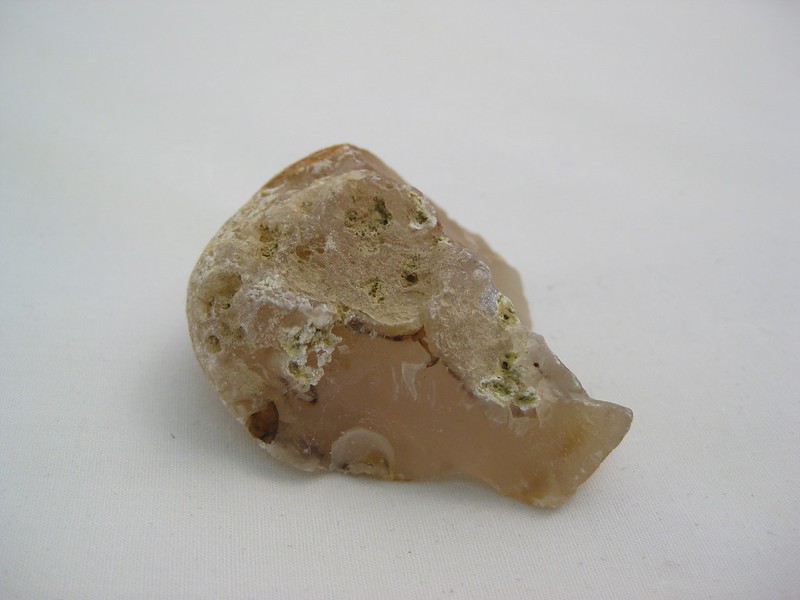
Day 1
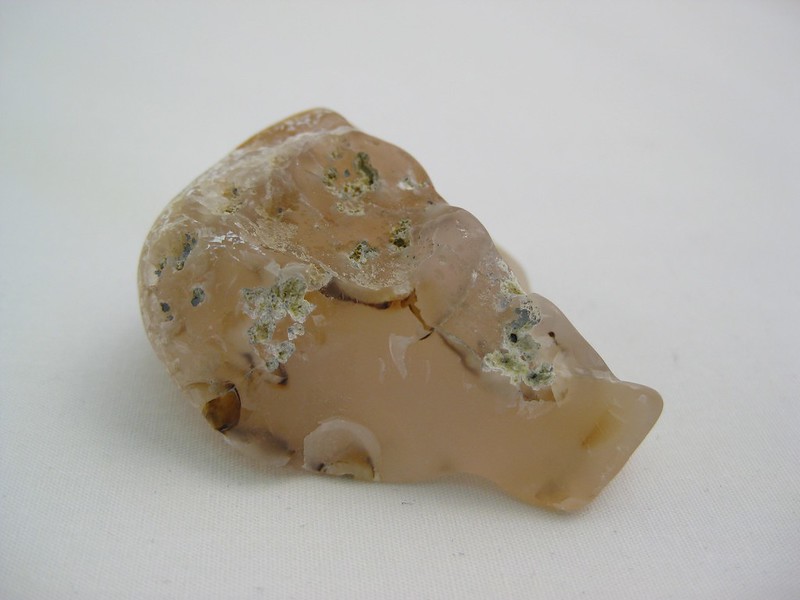
Day 7
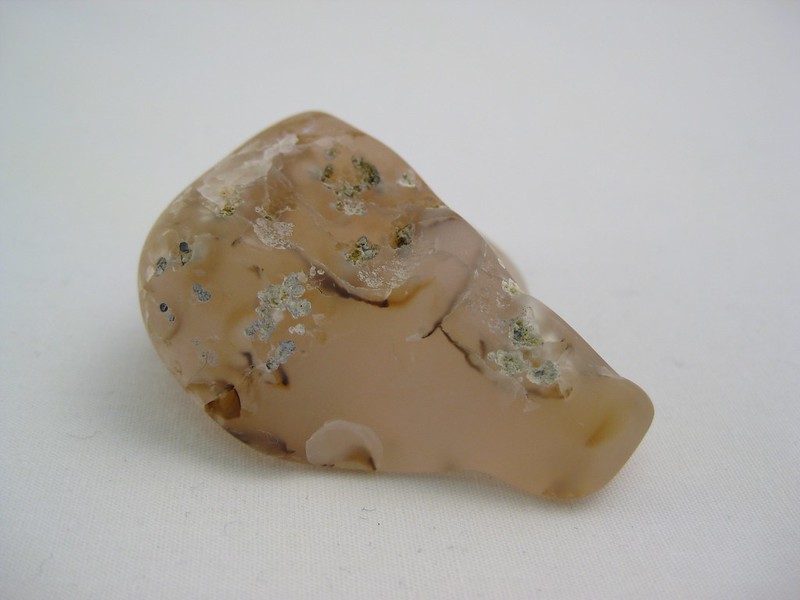
Day 20
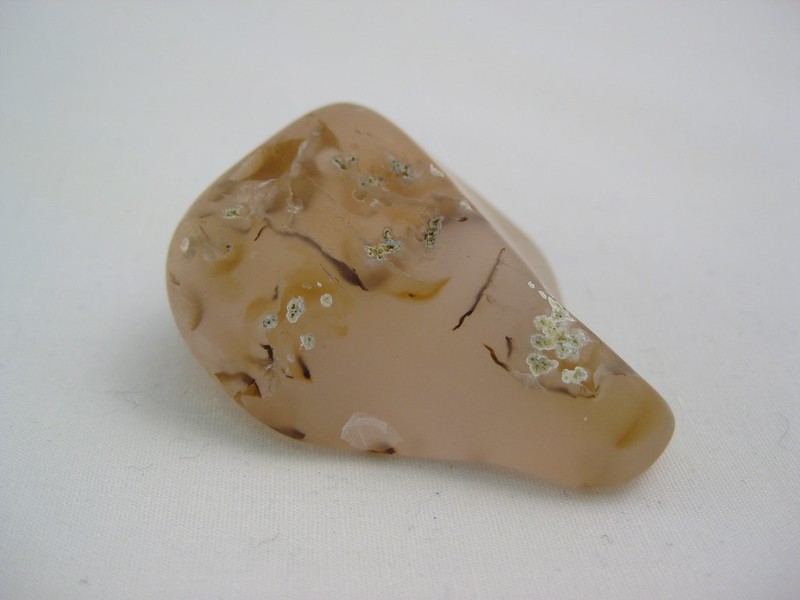
Day 38
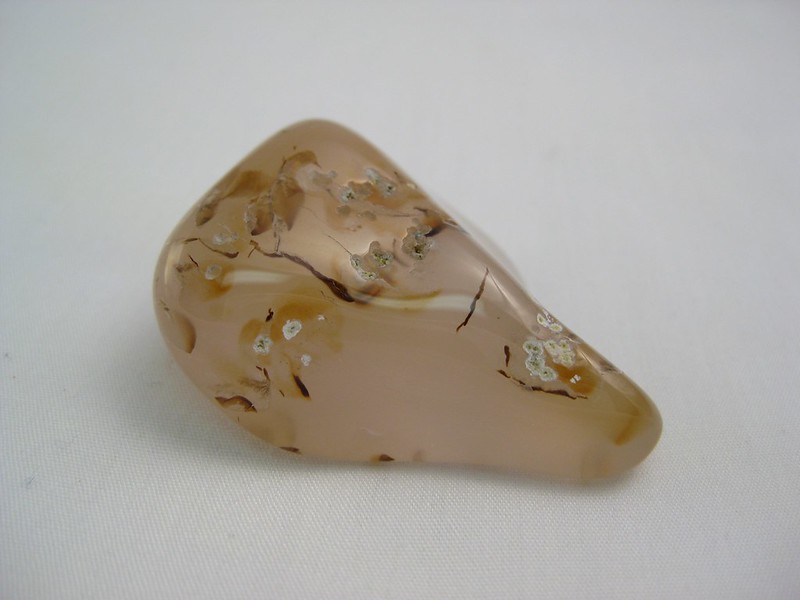
Day 0
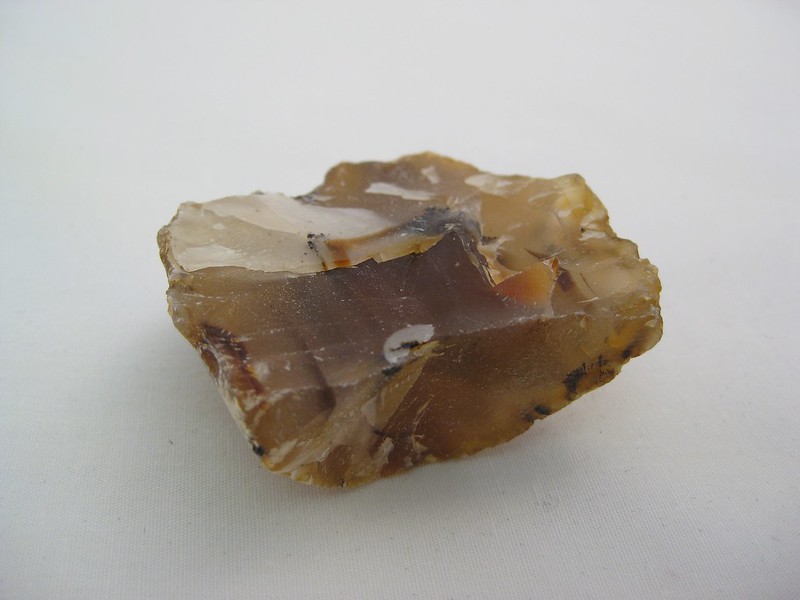
Day 1
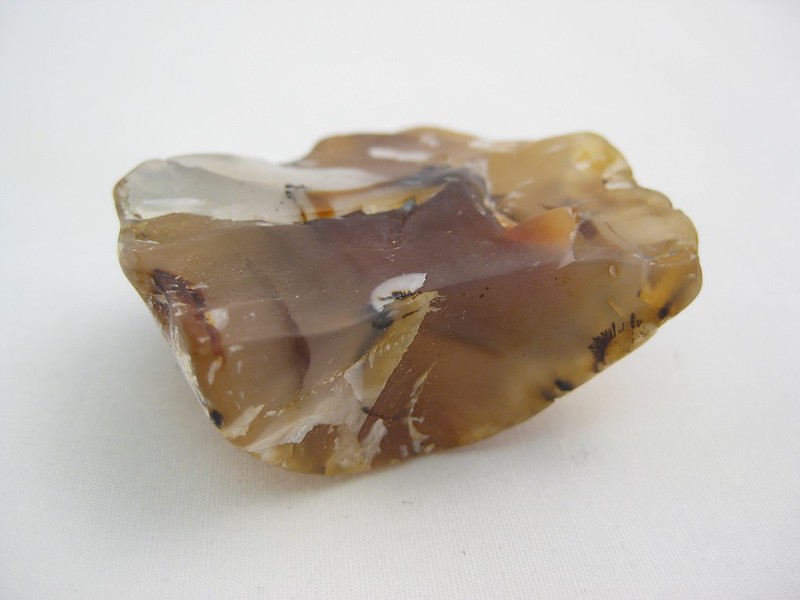
Day 7

Day 20

Polished

Day 0
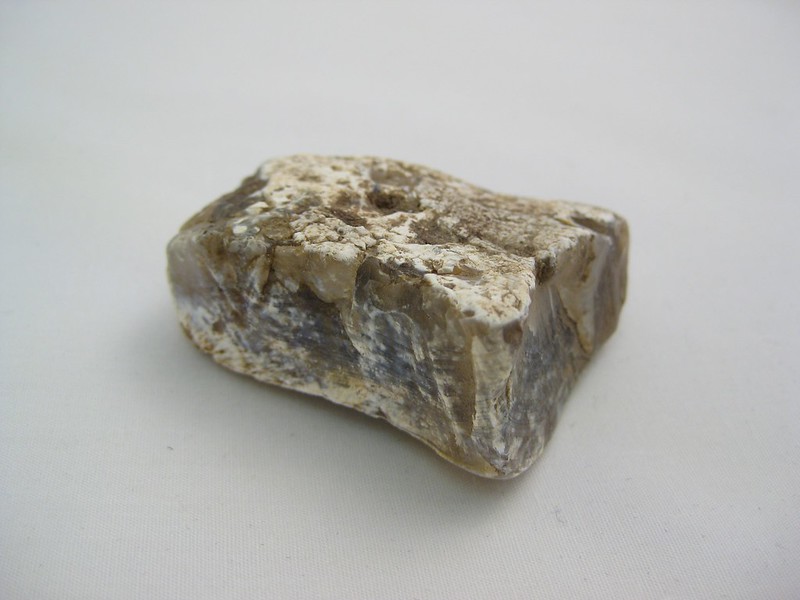
Day 1
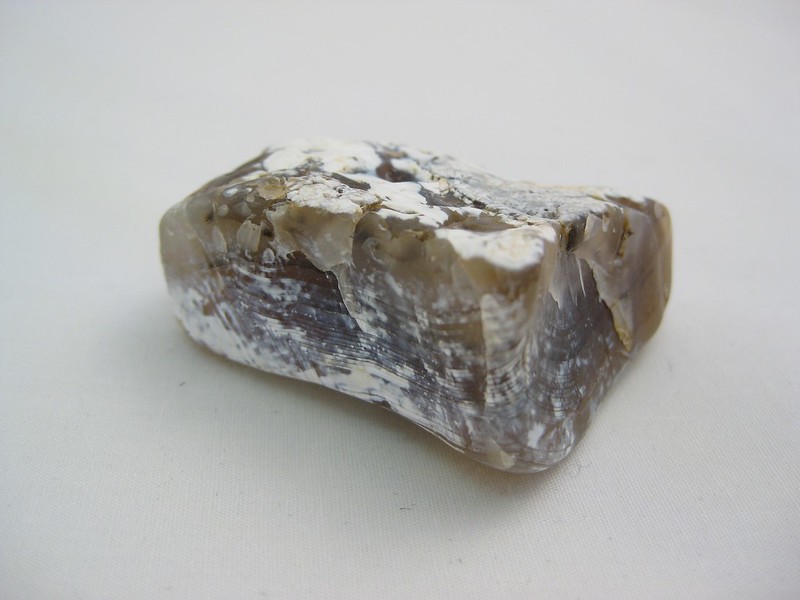
Day 7
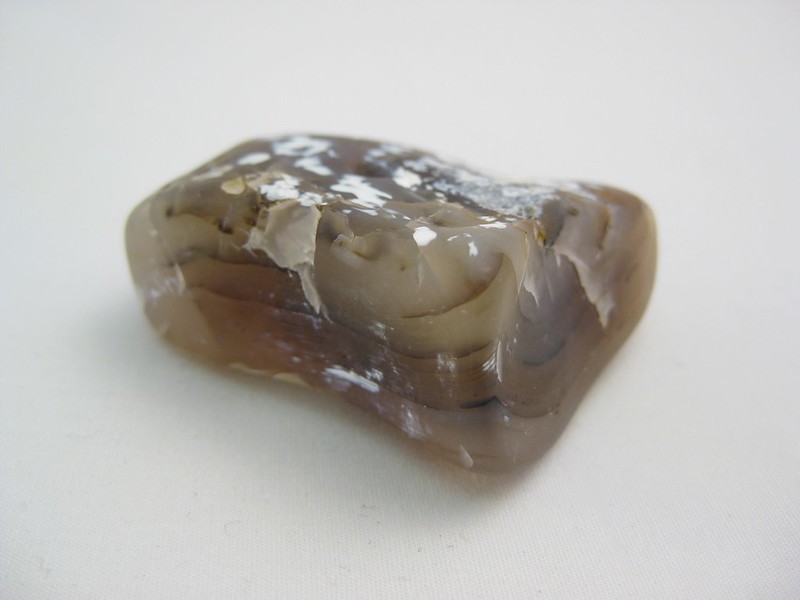
Day 20
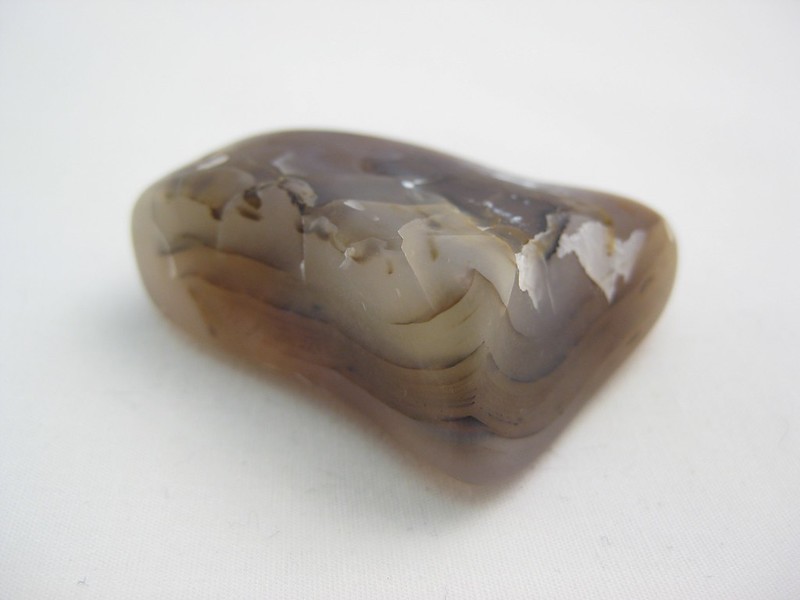
Polished
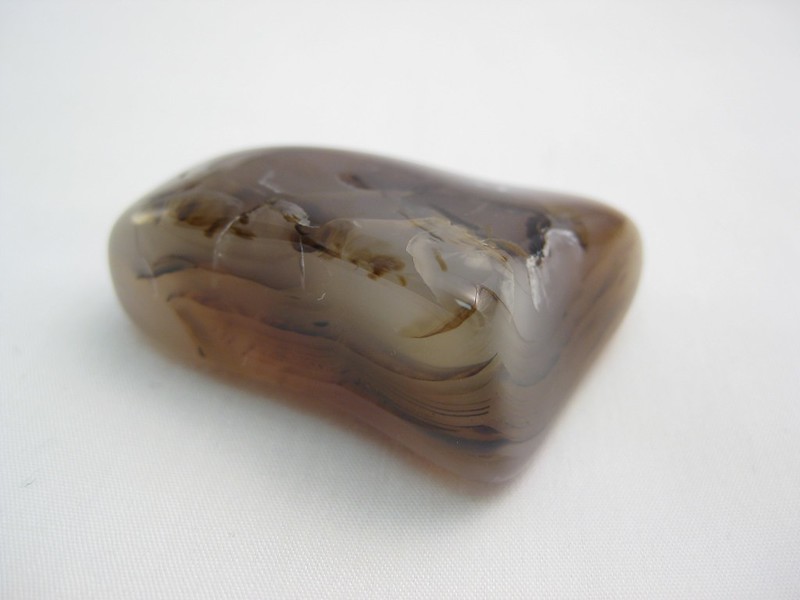
I’m a big believer of not moving rocks on until they’re ready. I don’t know if these rocks will ever be ready, though. Small pits and spots that would be removed by a rotary tumbler never seem to go away. Are Montana agates super hard, and this is to be expected? Are vibratory tumblers really bad at removing this stuff? If tumbling rocks in this way, do I just have to be ok with a bunch of imperfections? Is there anything I can do to improve my technique?
I’d really love to hear from those of you who tumble with just a vibratory tumbler
– Rob Abrams
Thanks for visiting www.RockTumbling.com and special thanks again to Rob Abrams for sharing this excellent and visually conclusive experiment with us. If you take anything away from this, let it be a better understanding of what you might experience when attempting to rough grind rocks with your vibe tumbler and why it happens. The answer to the question, can we use a vibe for a rough grinding cycle is yes of course we can. Can we expect well rounded rocks that look like they spent a lot of time in a rotary machine, nearly completely free of flaws and polished to perfection? Probably not.
If you wish to contact Rob he can be reached on the RTH Forum under username Jugglerguy or check out his Michigan Rocks channel on YouTube. If you are not already a member, please register an account on the forum, introduce yourself and feel free to post your feedback or questions about this article and show us your own results if you attempted your own rough grind cycle in a vibe tumbler.

